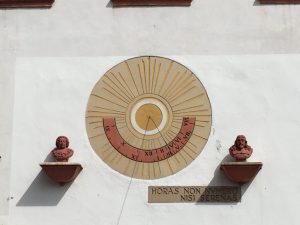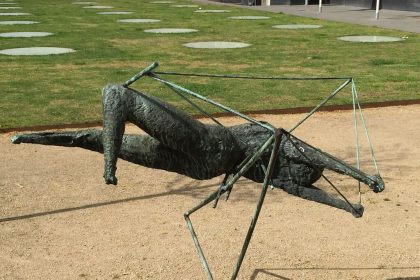Executive Coaches utilize a variety of tools and techniques when working with their clients. A few are described here.
Shadowing and reflecting: sometimes an executive coach will shadow the individual they are working with to observe their interactions and how they function. Then the coach will explore this with the individual so that they choose what they want to do differently.
 Journaling: when using journaling for deep reflection, executive coaching clients often share their journals with their coach, or at a minimum they share key insights. This supports deeper thinking and awareness which in turn supports strategy development and action planning.
Journaling: when using journaling for deep reflection, executive coaching clients often share their journals with their coach, or at a minimum they share key insights. This supports deeper thinking and awareness which in turn supports strategy development and action planning.
Experiential learning: for executives working on specific skills, collaborating with a coach to create, design, or plan experiential learning opportunities is a great tool to build skill from knowledge into action.
Brainstorming: mind mapping, diagramming, star-bursting, or decision matrix analysis are examples of different approaches to brainstorming. For many executive coaching clients, putting their ideas forth in one of these processes so they visually see them can help them identify multiple options and also gain clarity.
Developing tools during sessions: working with clients to address a particular challenge, coaches collaborate in designing tools. For example, working with one client led to creating a Delegation Progression tool for how to manage delegation, check-ins, and outcomes.
What other tools have you heard about or used?




